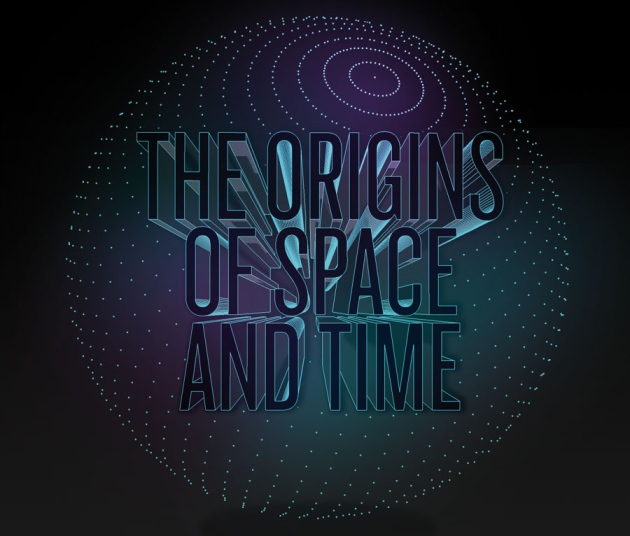Excerpt from nature.com
By
Zeeya Merali
Many researchers believe that physics will not be complete
until it can explain not just the behaviour of space and time, but where
these entities come from.
“Imagine waking up one day and realizing
that you actually live inside a computer game,” says Mark Van Raamsdonk,
describing what sounds like a pitch for a science-fiction film. But for
Van Raamsdonk, a physicist at the University of British Columbia in
Vancouver, Canada, this scenario is a way to think about reality. If it
is true, he says, “everything around us — the whole three-dimensional
physical world — is an illusion born from information encoded elsewhere,
on a two-dimensional chip”. That would make our Universe, with its
three spatial dimensions, a kind of hologram, projected from a substrate
that exists only in lower dimensions.
This
‘holographic principle’ is strange even by the usual standards of
theoretical physics. But Van Raamsdonk is one of a small band of
researchers who think that the usual ideas are not yet strange enough.
If nothing else, they say, neither of the two great pillars of modern
physics — general relativity, which describes gravity as a curvature of
space and time, and quantum mechanics, which governs the atomic realm —
gives any account for the existence of space and time. Neither does
string theory, which describes elementary threads of energy.
Van Raamsdonk and his colleagues are
convinced that physics will not be complete until it can explain how
space and time emerge from something more fundamental — a project that
will require concepts at least as audacious as holography. They argue
that such a radical reconceptualization of reality is the only way to
explain what happens when the infinitely dense ‘singularity’ at the core
of a black hole distorts the fabric of space-time beyond all
recognition, or how researchers can unify atomic-level quantum theory
and planet-level general relativity — a project that has resisted
theorists’ efforts for generations.
“All our
experiences tell us we shouldn’t have two dramatically different
conceptions of reality — there must be one huge overarching theory,”
says Abhay Ashtekar, a physicist at Pennsylvania State University in
University Park.
Finding that one huge theory is a daunting challenge. Here, Nature explores some promising lines of attack — as well as some of the emerging ideas about how to test these concepts…
Source Article from http://feedproxy.google.com/~r/AscensionEarth2012/~3/UkdIP_N2fWo/theoretical-physics-origins-of-space.html
Theoretical physics: The origins of space and time

No comments:
Post a Comment